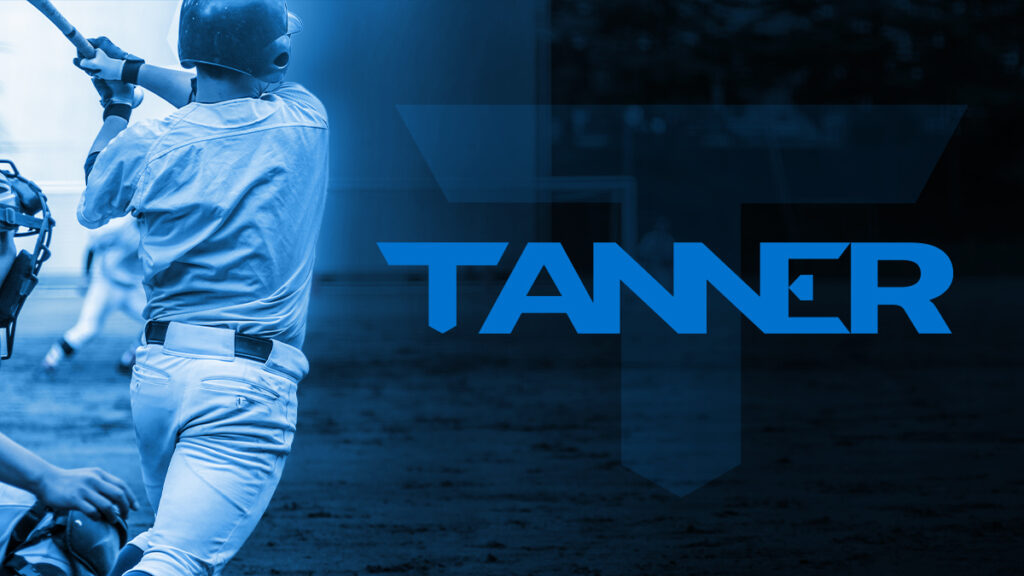This is a guide to the essential t-ball equipment for families just getting started with the sport, including equipment you may want to have at home. (Are you a coach? Check out our guide for tball coaches.)
Getting started with t-ball is a great introduction to baseball and softball for young children. It's a fun, non-competitive way for kids to learn the basics of the sport, such as hitting, throwing, and catching, learn to be part of a team, and a great way to get some outdoor exercise. Plus, it’s an activity the whole family can connect with and enjoy together.
What are the Most Important Pieces of T-Ball Equipment
T-Ball Glove
A t-ball glove is smaller in size than a regular baseball glove and is designed to fit the smaller hands of children. Look for a glove that is easy for your child to close and open so that it is easy for them to catch and hold on to the ball. It's also good to look for gloves made of durable materials.
Batting Helmet
Safety is of the utmost importance in any sport, so make sure your child has a batting helmet that fits snugly and does not move around much on their head. Some parents prefer a helmet with a face mask, but you should speak to the coach to determine the team's standards.
Uniform
A tee ball uniform usually consists of a jersey, pants, and a cap. You’ll purchase that through your team.
T Ball Cleats / T Ball Shoes (Athletic shoes)
Your child will need a pair of cleats / t-ball shoes (athletic shoes) with good traction to help them run and move around the field safely. Proper footwear is important to keep the child's feet comfortable and secure while playing on the field or in the grass.
T Ball Batting Tee
T-ball beginners learn to hit off a batting tee rather than having the ball thrown or tossed to them. A batting tee is an important tool for any baseball and softball athlete but is an essential component of any kid's t-ball set. Coach will provide a tee for practice and game days but many parents also like to have a batting tee at home for their child to be able to practice hitting any time.
A quality batting tee should be durable enough to handle the many missed hits your beginner will have, and have a premium rubber ball cone that will flex with contact and teach your young hitter to swing through the ball. After all, no one wants to be perpetually throwing away and then replacing broken equipment.
Our two favorite home batting tees for the t-ball beginner are:
The Tanner Jr. batting tee was designed specifically for children ages 3-8. Kids can easily adjust the height from 18-to 25 inches as they grow to stay in the ideal hitting range. The rugged metal stem is over-molded with soft rubber (which makes a potential impact with an aluminum bat less jarring for young hitters) and features a large flexible rubber base for stability on grass or sitting on home plate.
Tanner Tee – the Original (Youth)
The industry-leading and best-selling Tanner batting tee, Tanner Tee - the Original is excellent for all ages and skill levels (including professional adults). There are three metal stem heights available but for most t-ball players 8 and under, we recommend the Youth height stem which adjusts from 20”-32”. As the child ages and their interest in baseball or softball continues, parents can purchase the Adult height stem (26”-43”) without having to buy a new batting tee. The composite base is stable, yet light enough for most t-ball hitters to carry the tee in a bat bag.
T Ball Bat
Your team should provide at least one bat for the players to share during practice sessions, but kids generally prefer to have a t ball bat of their own. A tee ball bat should be lightweight with a length-to-weight ratio of -13 to -15. It should also be the appropriate length for the child - somewhere between 24 and 26 inches in length based on the child’s height. Choosing a t-ball bat that is made of a lightweight material such as aluminum will make it easier for your beginner to swing and control the bat.
T Ball Balls / Tee Ball Safety Balls
T-ball balls are designed specifically for tee ball and are smaller and softer than regulation baseballs, making them safer for children to use. T-ball balls are specially designed for younger players and are easier for them to hit and catch. In addition, many parents like to use tee ball safety balls or soft rubber airflow balls for home practice, as well as a batting net (to avoid picking up balls from all over the yard or park.)
Bat Bag / Gear Bag
A personal gear bag makes it easy for your child to organize all his or her equipment in one place and to carry their t-ball equipment to and from games and practice.
Hitting Deck Home Coaching Aid
One optional piece of visual training equipment many parents like is the Hitting Deck which shows right and left-handed hitters how to properly line up to the plate. This hitting mat also shows tee placement for multiple points of contact as the child grows in skill for flips, front toss, and eventually batting practice.
Once you've purchased all the necessary equipment for your t-ball set, be sure to check it regularly to ensure it is in good condition and safe for your child to use. Encourage your child to be excited about the game and remind them that practice and patience will help them to become a better player.
